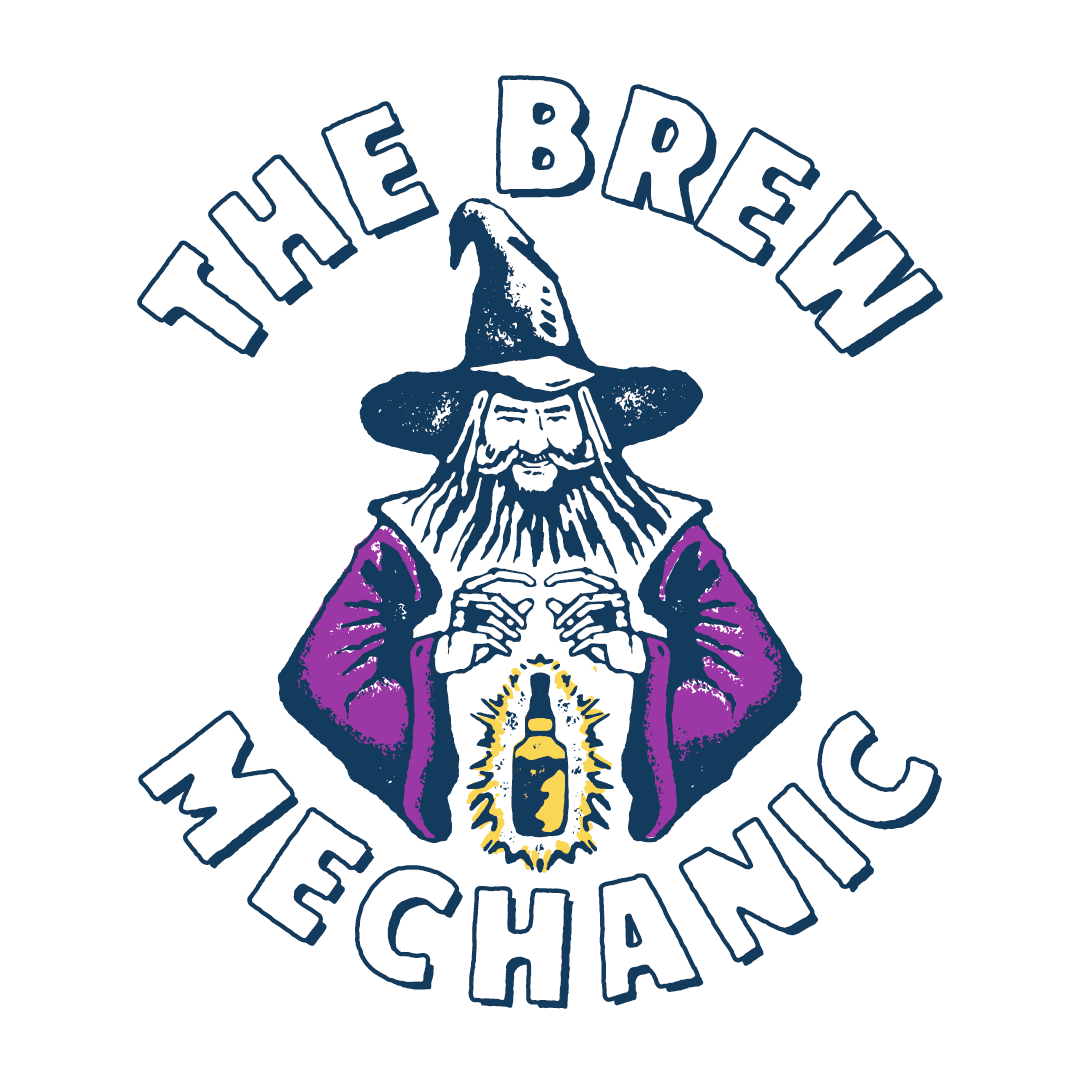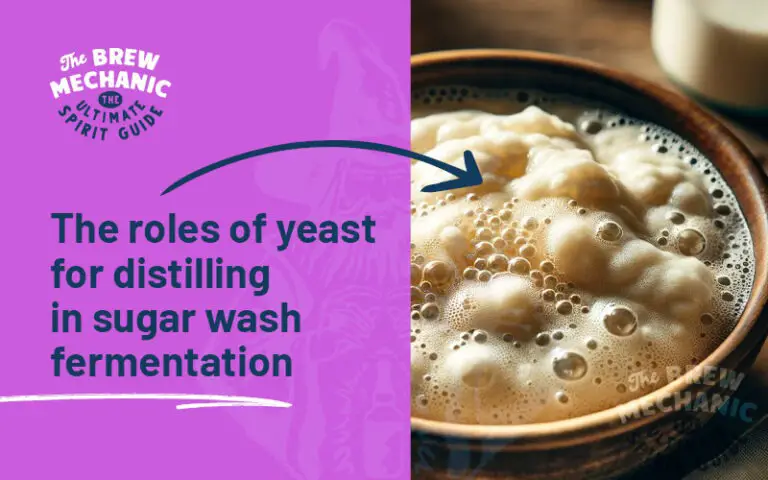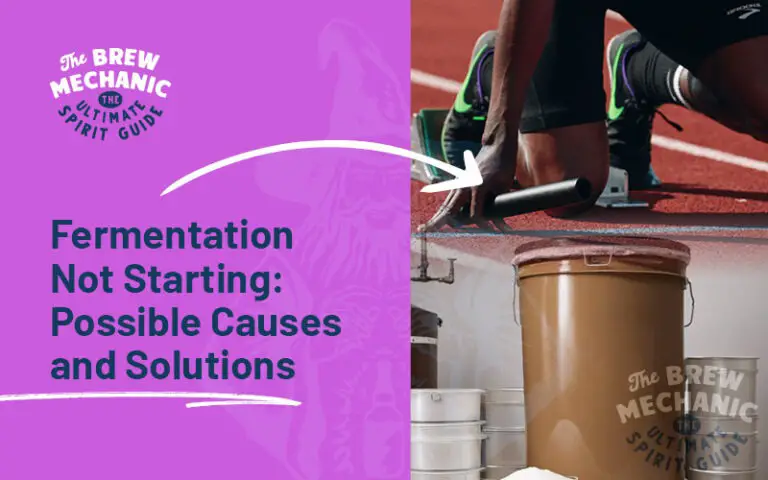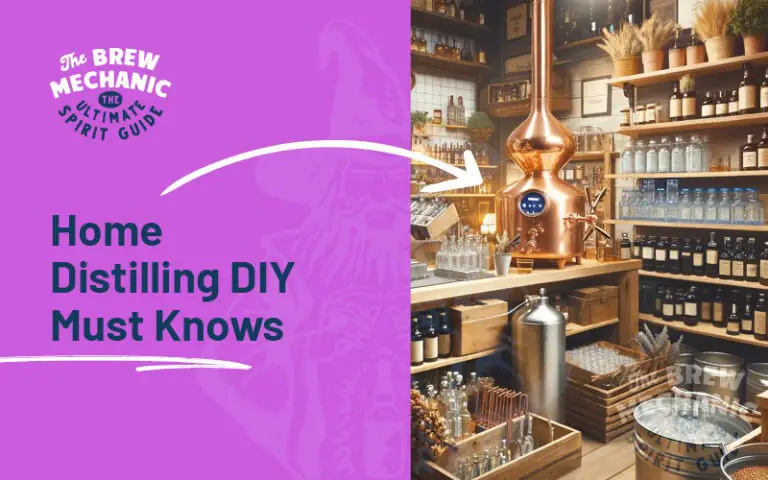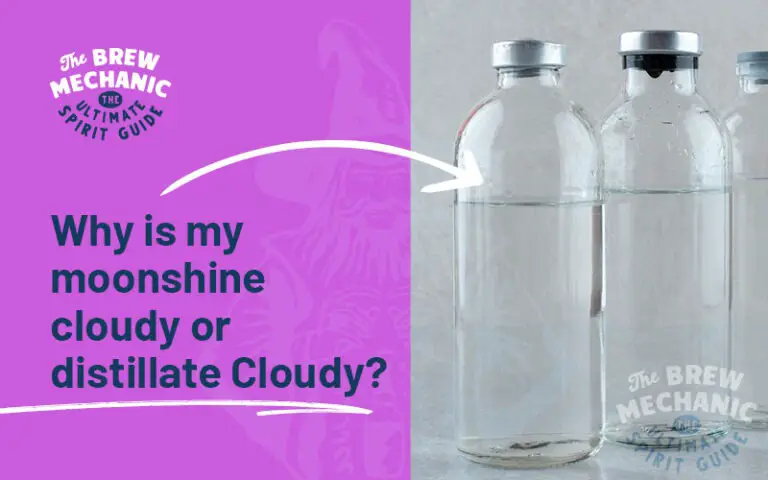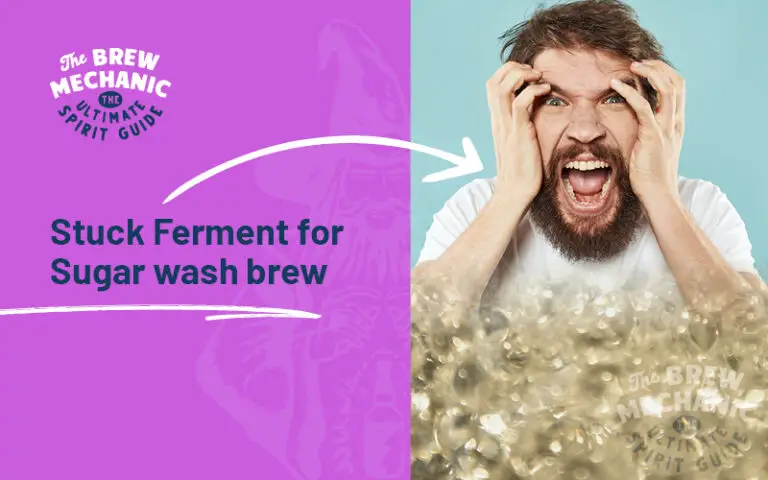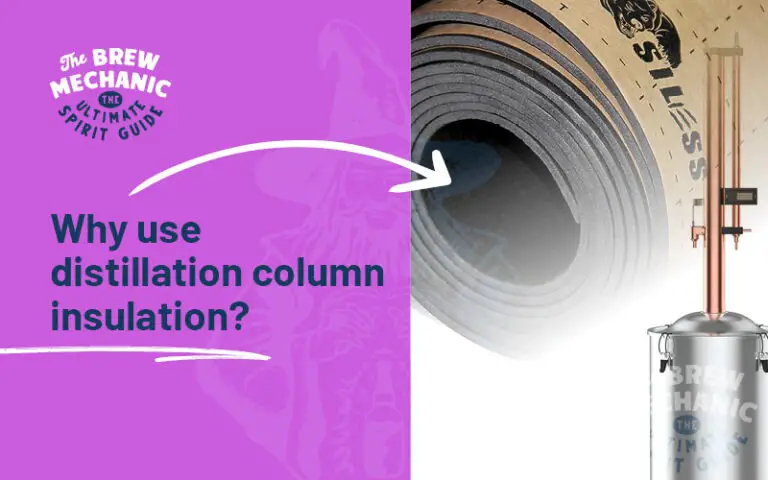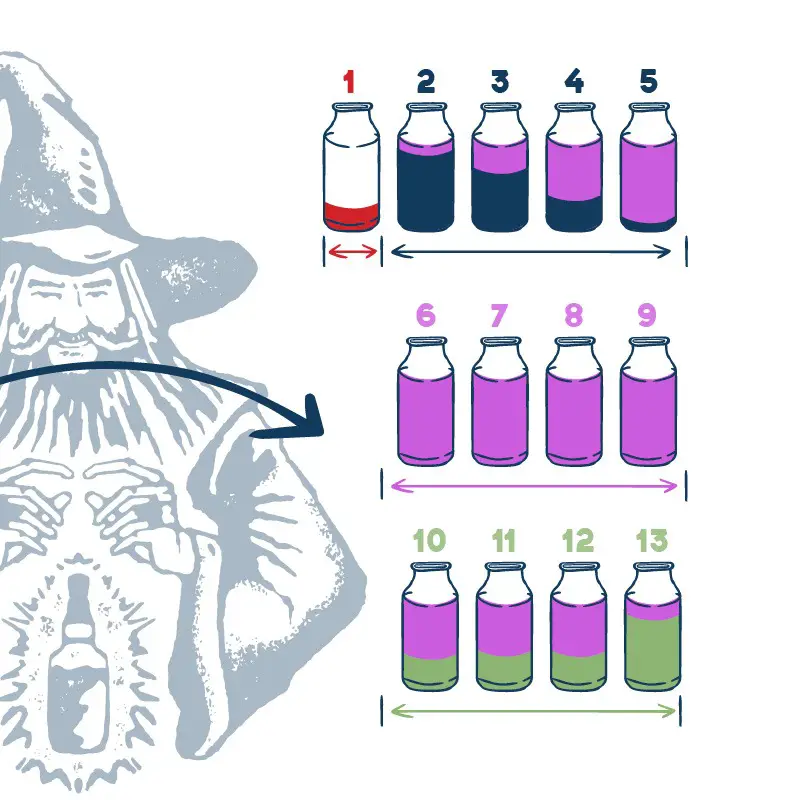What Sugar Wash Fermentation temperature is needed? Yeast selection is essential.
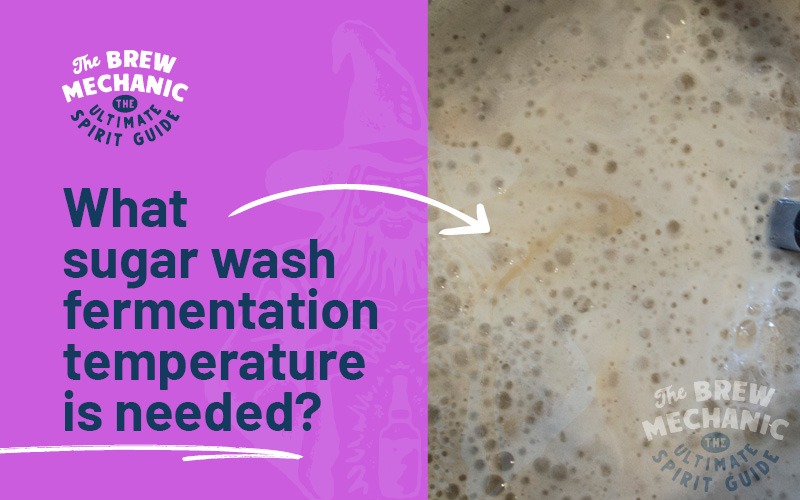
Disclaimer: This post might include affiliate links, through which I may earn a small commission without any extra cost to you. Additionally, I am an Amazon Associate and earn from eligible purchases. All the products and services I suggest are ones I have personally used or would use. Thank you very much for your support if you decide to buy through any of my links!
Come join the Distilling Squad!
Get the best fundamental tips & tricks here. Woohoo!
First of all, you get different yeast strains that run at different temperatures and water wash volumes. Baker’s Dried (alcohol 10 > 13%) active yeast range from 25 to 30°C (77 to 86°F) at 25 litres. The Turbo range of yeast (alcohol 15 > 20%) can start as high as 40°C (104°F) and water volumes of 21 litres.
These are the first steps of fermentation before distillation. We want your sugar wash to bubble away in all the right ways.
Sugar wash Fermentation temperature control & process
Some hacks for the DIY sector
For increasing or reducing the temperature by a few °C (°F) to bring it back within the range.
Yeast Selection for the fermentation process
Types of yeast
There are many types of yeast. Some of the yeast strains can tolerate higher temperatures. Converts sugar into alcohol faster and makes a higher ABV. The type of yeast chosen is one that works best for you.
The yeast selected by the brewer is a personal choice based on costs, ABV, flavor, purity and knowledge. The one downside of the higher ABV yeasts can be off-flavours made and the costs. Let’s look at a few.
Turbo Yeast
Turbo yeast range is a type of distiller’s yeast that comes with pre-packed nutrients, yeast and other items. When you use turbo yeast, read the recipe carefully when making up a wash.
This is a shortcut way to making alcohol as everything you need is in one package. It is like driving a motor car. What do you do when a red light/alarm comes on the dashboard? You should have basic knowledge of the car how works and what to look for.
Be warned though, if your fermentation picks up a problem it is difficult to isolate the problem as the nutrients, yeast, etc. comes pre-packed.
Distillers Yeast
The distillers yeast strain is great for making alcohol like gin as it makes a clean neutral flavor for adding botanicals after distilling.
Bakers Yeast
Dried Baker’s yeast characteristics are similar to other dried yeast strains. The one big difference is that it is not for making high ABV or fast conversion of alcohol. The smell while fermenting is pleasant. (No complaint from wife).
For a new distiller, Sugar Wash Fermentation temperature is in the yeast
For you as a brewer, you must find the flavor profile you are looking for. A simple sugar wash recipe is the way to go as you can create a good neutral safe spirit and turn it into a more complex spirit by getting the correct essence. Still Spirits have a wide range of essences for you to select from.
Taking a neutral spirit, mix with Marula Berry essence (top shelf) then mixing it with Cream liqueur base makes a complex spirit come to life.
Last Updated on August 14, 2023 by The Brew Mechanic
Disclosure: I may receive affiliate compensation for some of the links below at no cost to you if you decide to purchase a product or service. You can read our affiliate disclosure in our privacy policy. The information provided is for entertainment only.

With 35 years of knowledge of being a chemical engineer in alcohol manufacturing plants, my mission is to teach the next generation of home distilling alcohol brewers at a supernatural speed.
My reviews are based on real-life experiences with reflux stills, sugar wash, troubleshooting and mystical chemical reactions.
